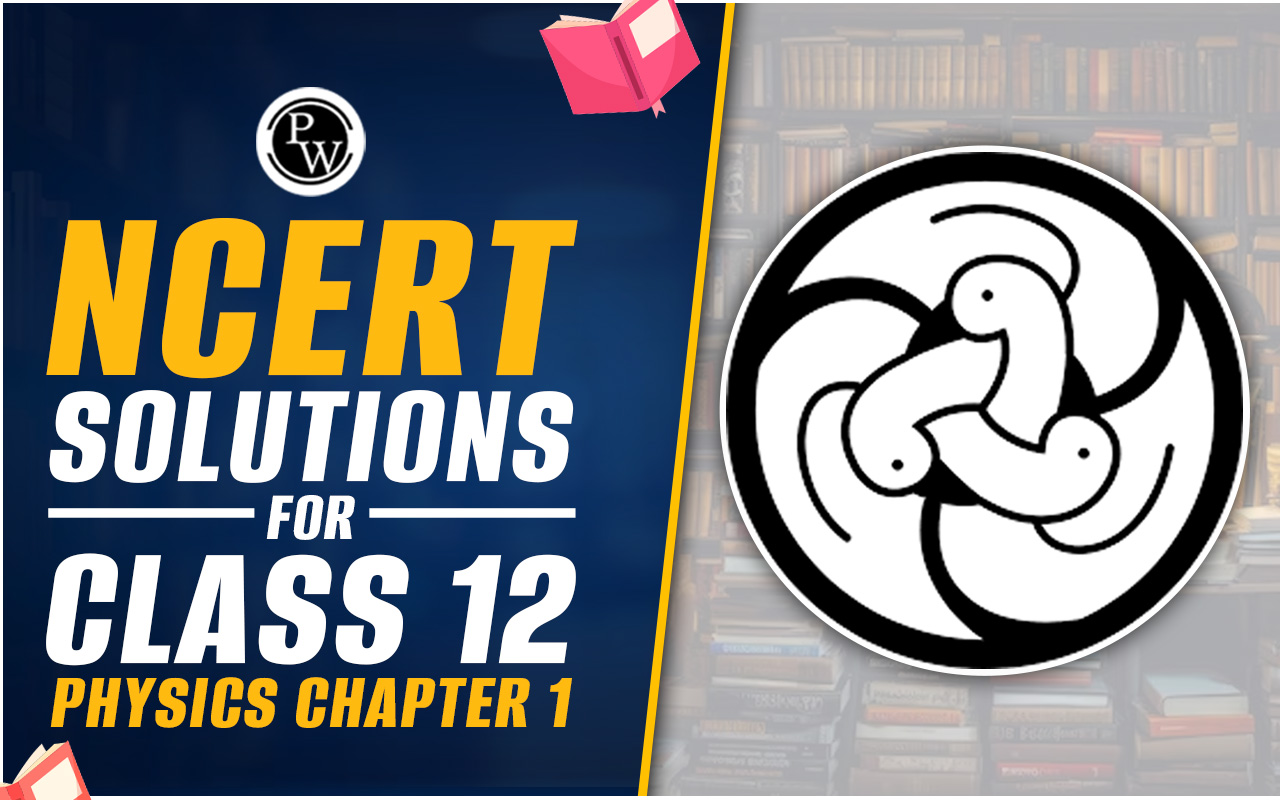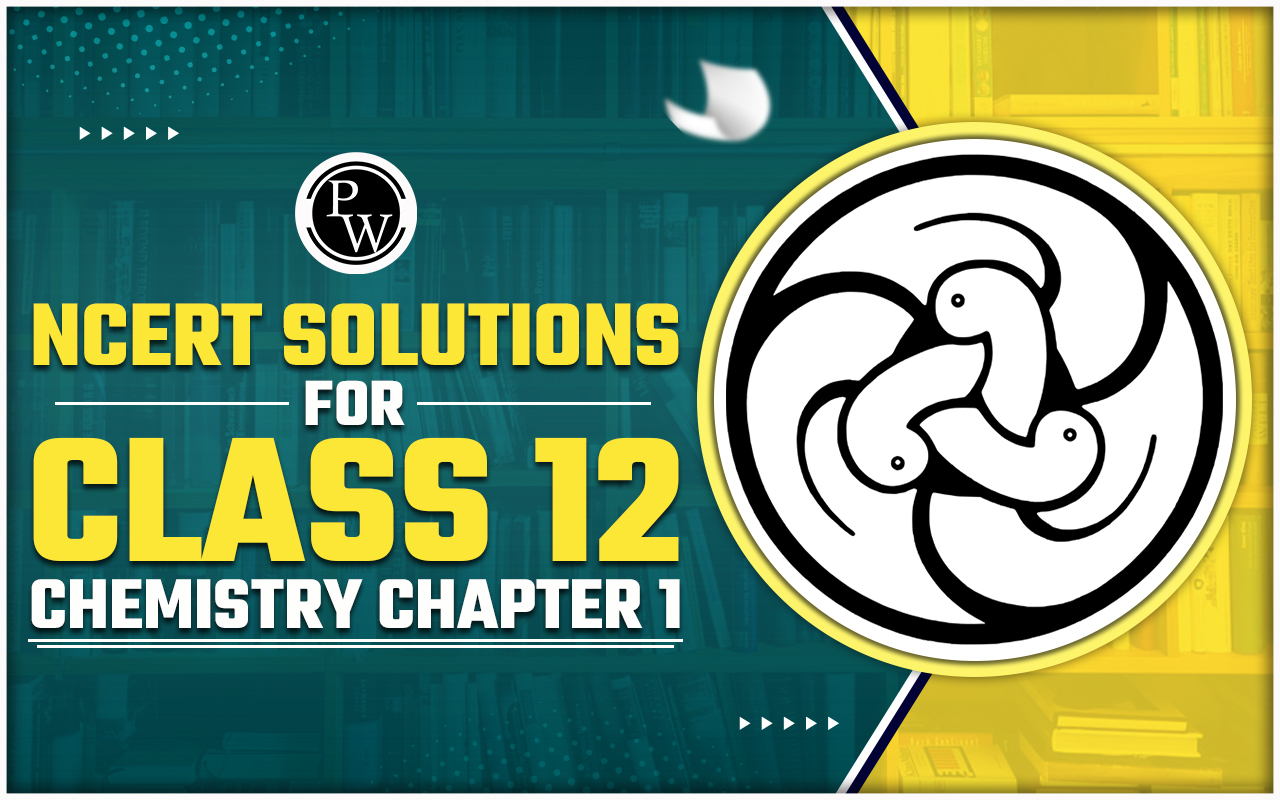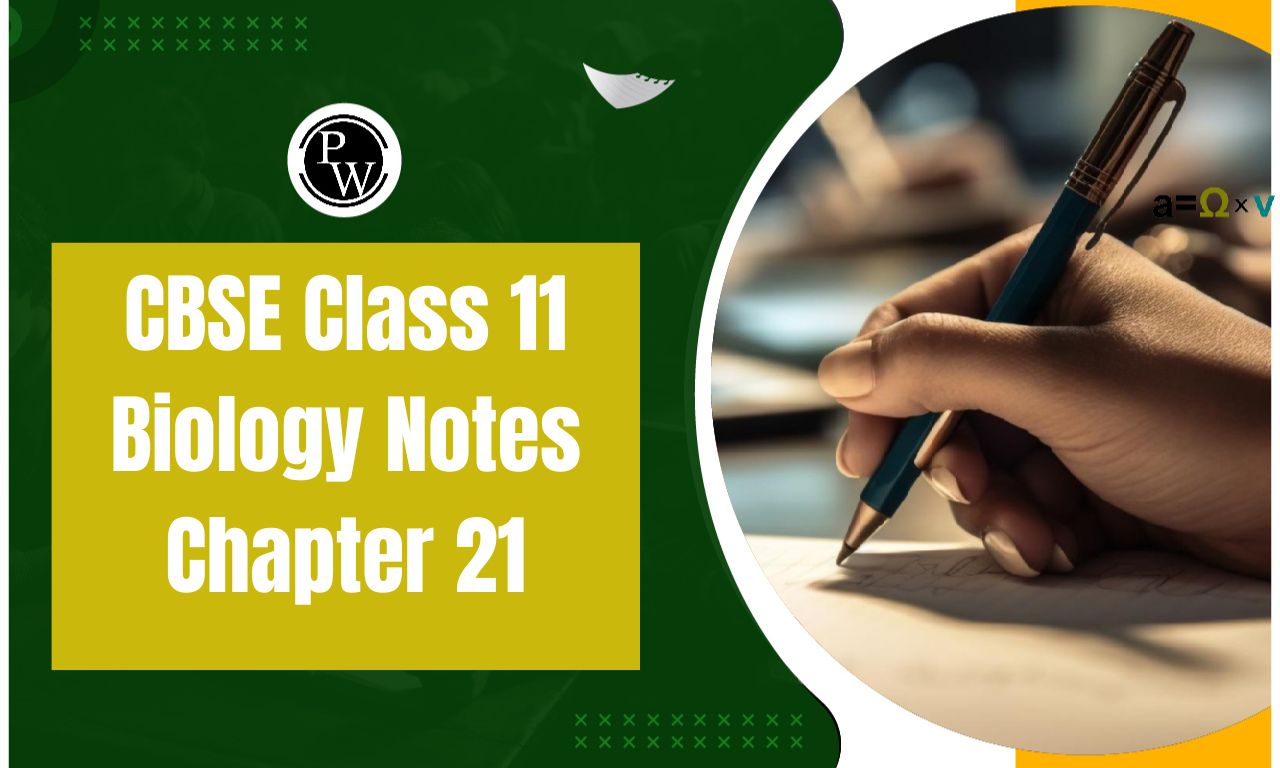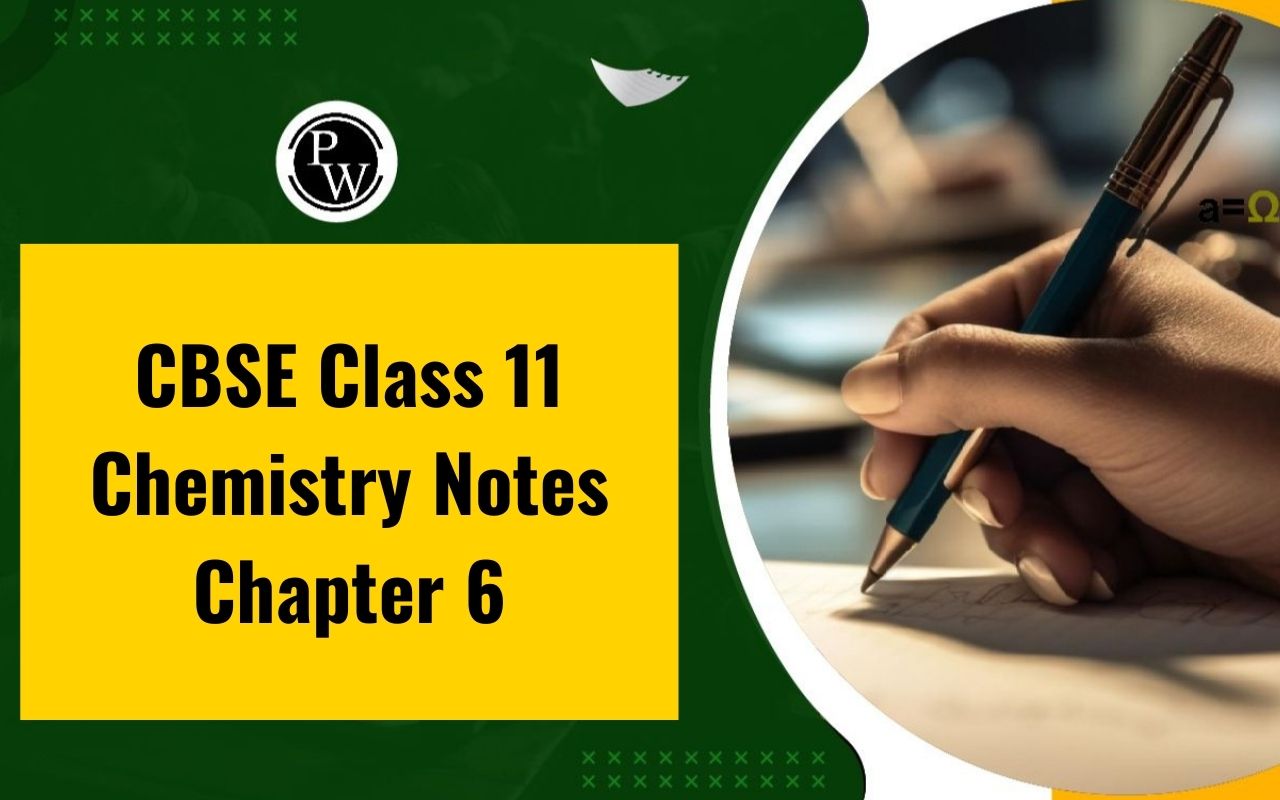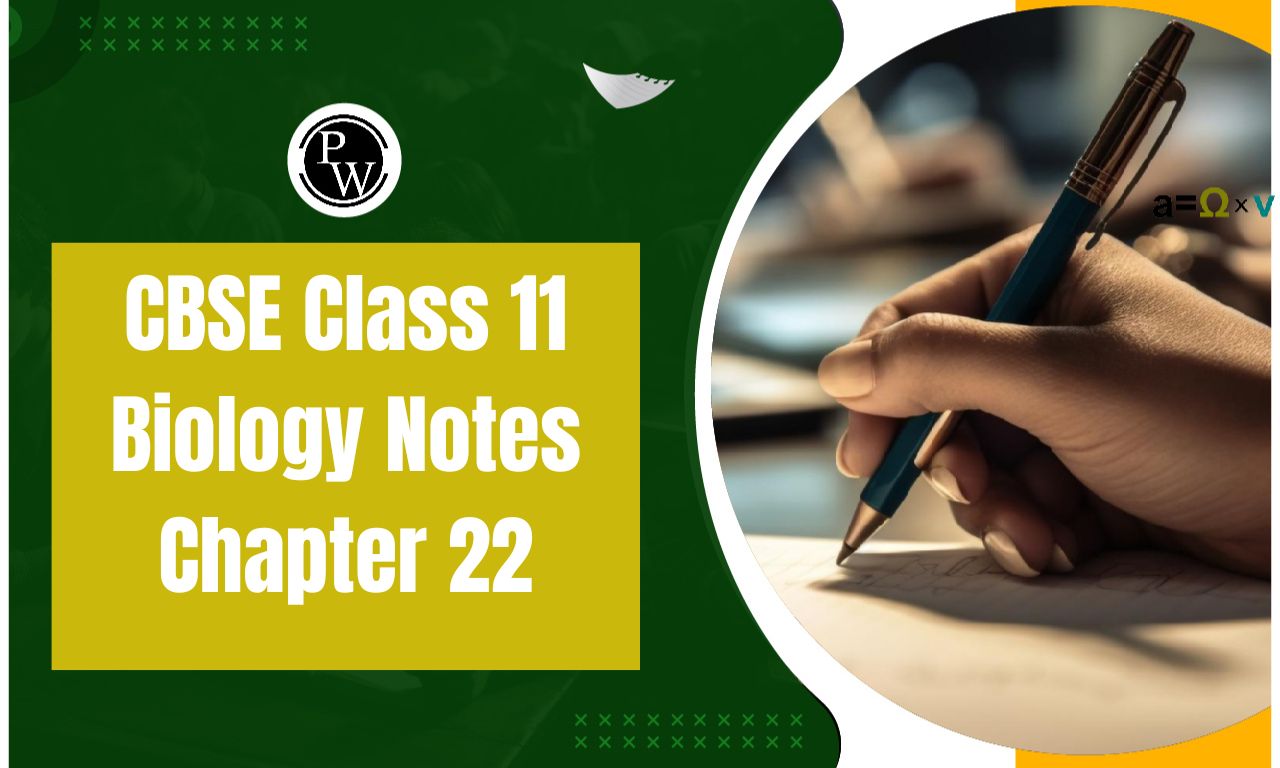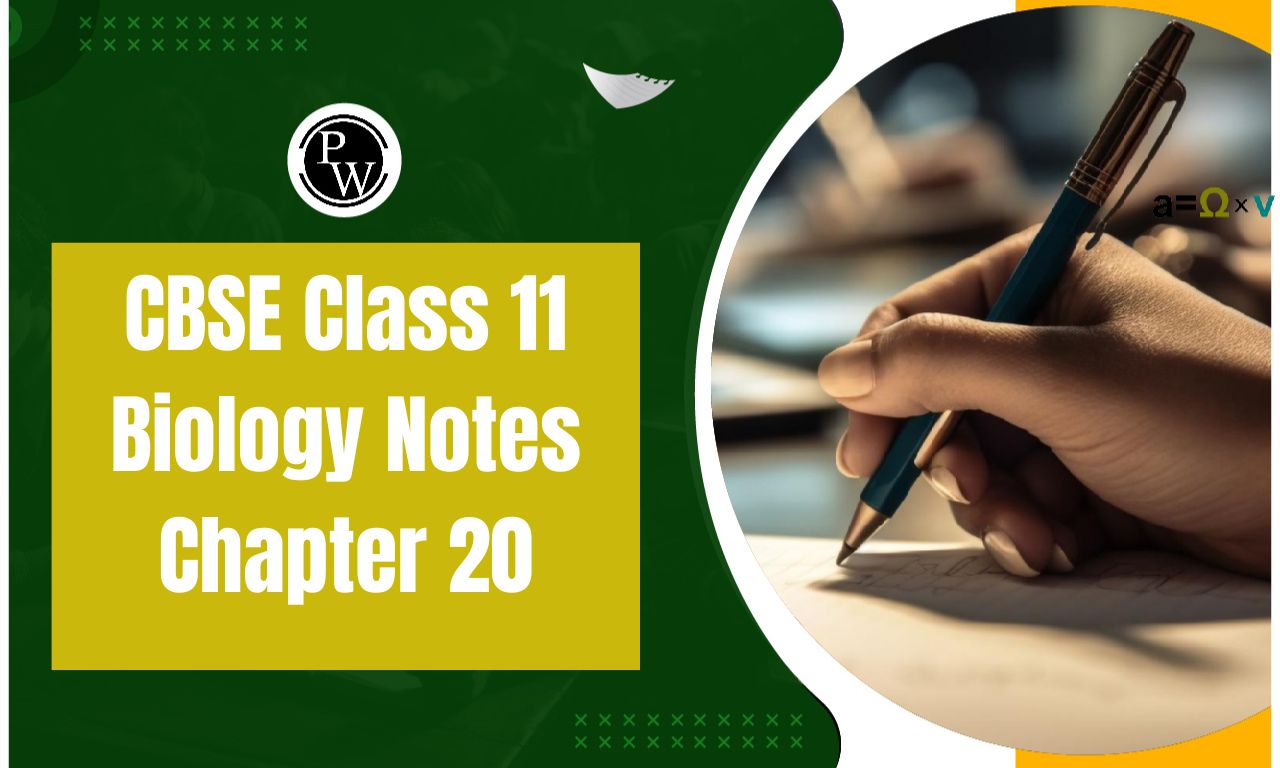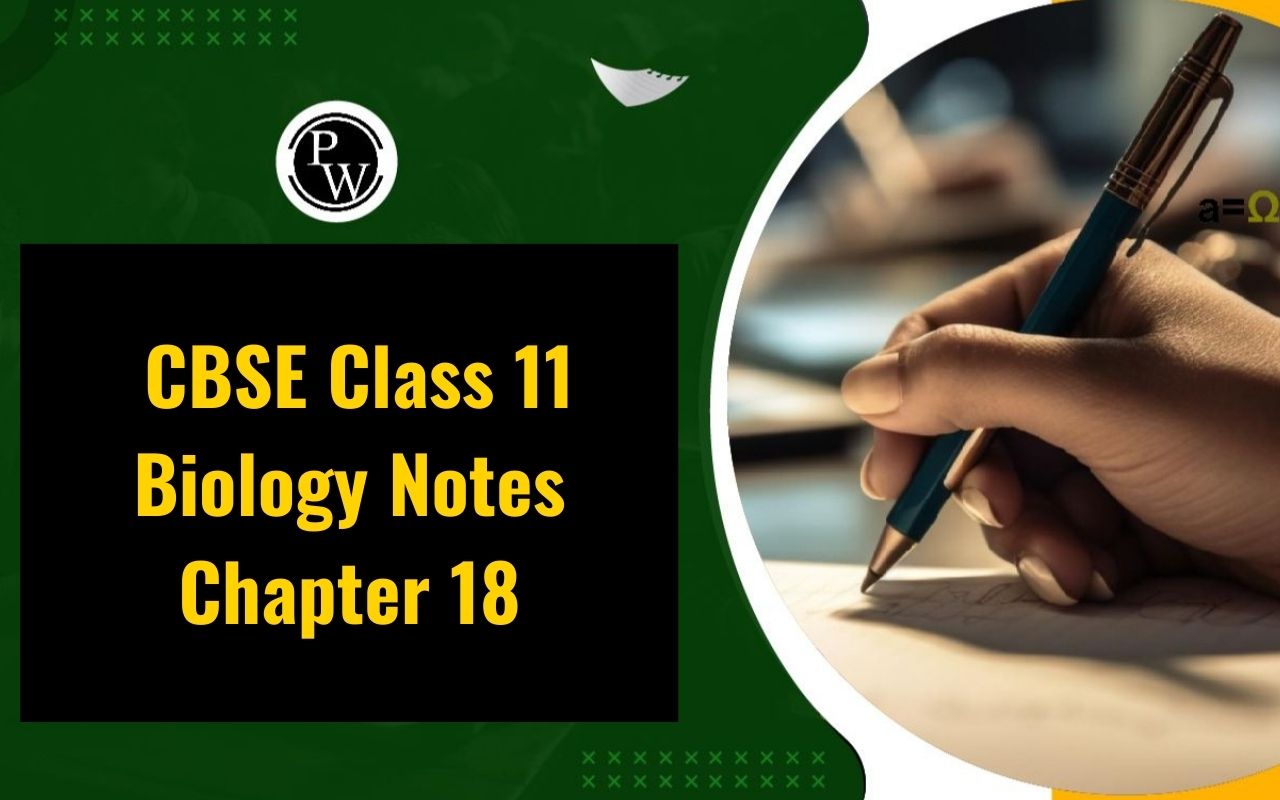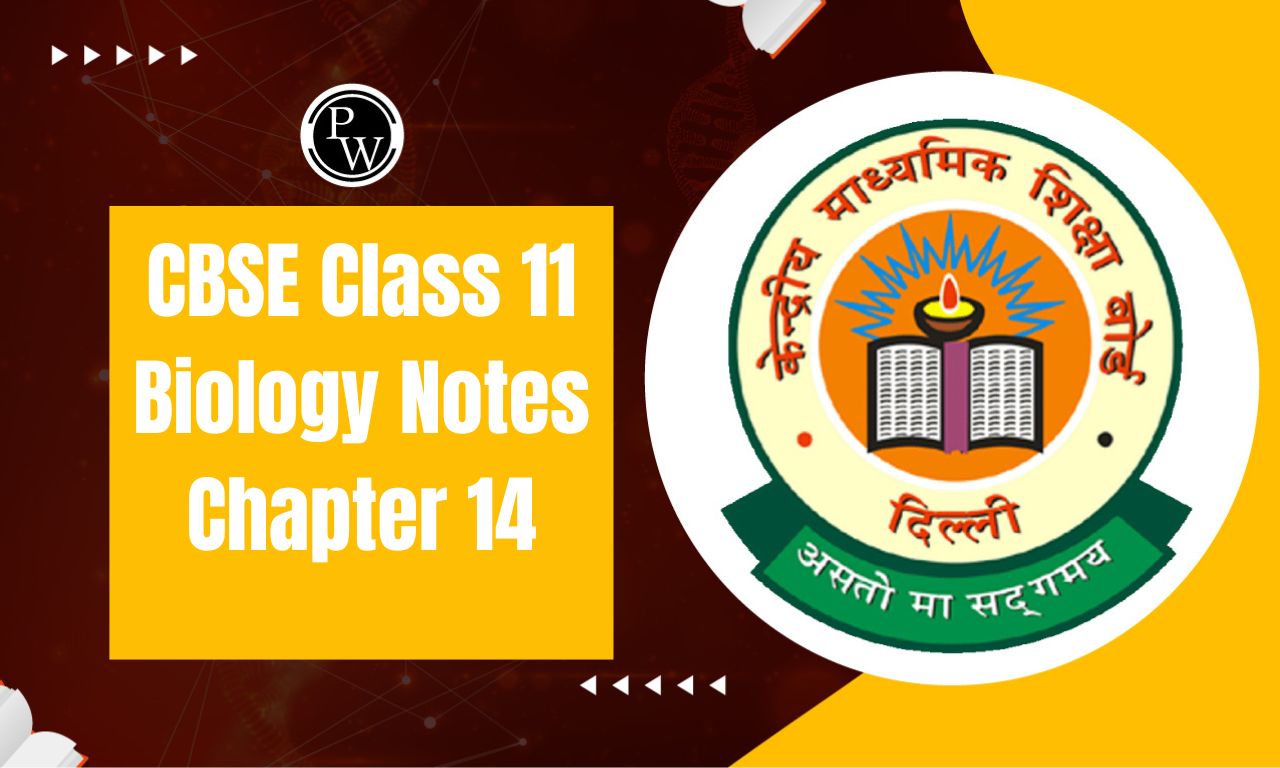
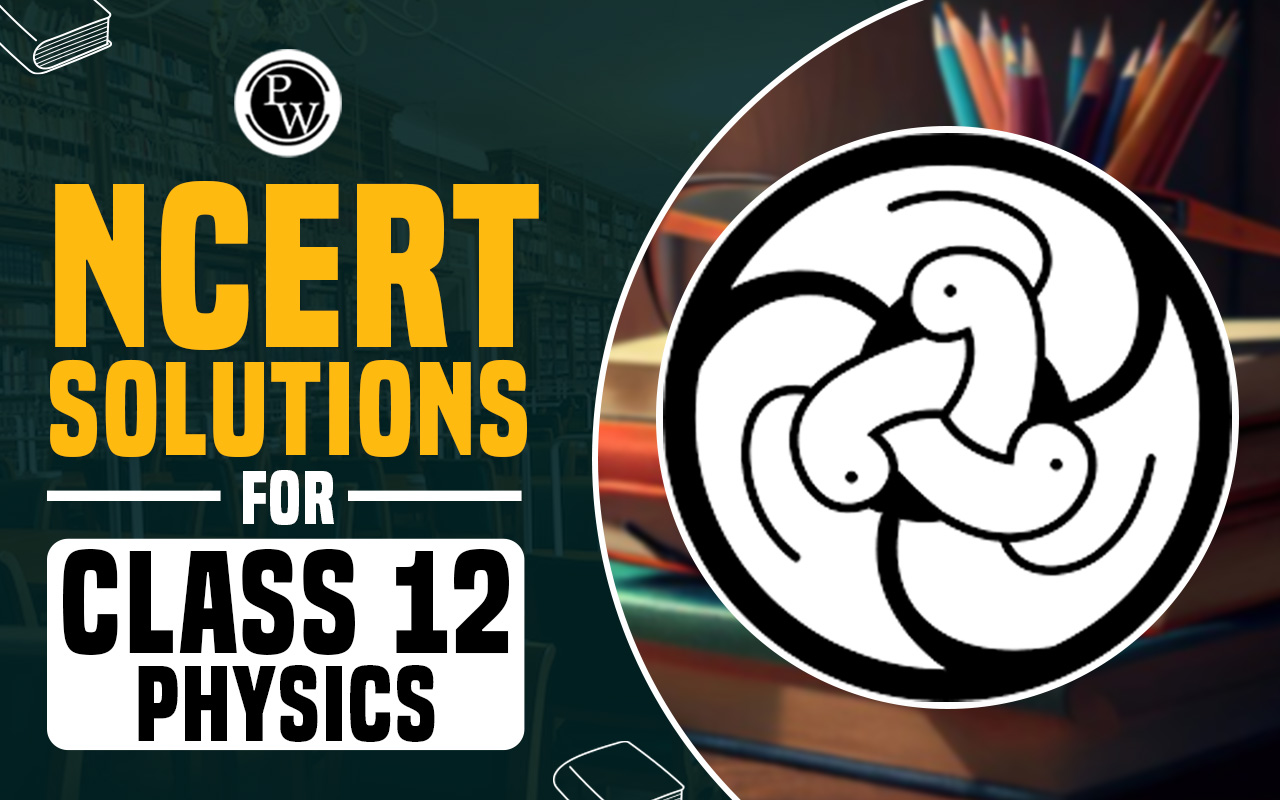
The NCERT Solutions For Class 12 Physics designed for serve as valuable educational tools that enhance one's comprehension of Physics. Within the realm of Class 12, there exist 15 pivotal chapters that play a foundational role in fostering a robust understanding of Physics.
These chapters encompass a wide spectrum of topics, from Electric Charges and Fields to Electrostatic Potential and Capacitance, as well as Current Electricity and beyond. As one explores these chapters, an enduring foundation for comprehending Physics is constructed, yielding benefits that extend into future academic pursuits.
The significance of mastering these concepts becomes particularly pronounced when one contemplates a career in Physics. Attaining excellence in Class 12 Physics is a testament to one's readiness for delving into more advanced levels of study. The NCERT solutions tailored for Class 12 Physics are poised to aid individuals in achieving proficiency in the subject matter, even when grappling with seemingly intricate concepts.
Deploying these meticulously crafted NCERT Solutions renders assimilating Class 12 Physics concepts an accessible endeavor. In addition, we provide facile access to NCERT Solutions corresponding to various subjects such as Biology, Mathematics, Hindi, and English, effectively ensuring their availability to students whenever the need arises.
NCERT Solutions For Class 12 Physics Overview
NCERT Solutions for Class 12 Physics covers these important topics. Students are advised to thoroughly review each topic in order to completely understand the ideas covered in the chapter and make good use of the offered solutions. These solutions are a result of the teachers at Physics Wallah working hard to improve students’ understanding of the concepts covered in the chapter. After going over and rehearsing these answers, the goal is for students to easily score high exam results.NCERT Solutions for Class 12 Physics Chapter-wise List
Students can find the NCERT Solutions for Class 12 Physics arranged by chapter. The Physics Wallah team of experts has carefully created these detailed solutions. Dive into these explanations provided for each chapter to enhance your understanding of the concepts.
NCERT Solutions for Class 12 Physics Chapter 1- Electric Charges and Fields
In NCERT Solutions for class 12 Physics Chapter 1 , you'll delve into the calculation of forces between charged particles placed at a distance from each other. The phenomenon of charge generation through rubbing materials together, like silk cloth and a glass rod, will be explored. The concept of quantization of charges in large-scale scenarios will be examined. Moreover, you'll encounter questions related to total charge determination, dipole moment, torque, and electric fields.
NCERT Solutions for Class 12 Physics Chapter 2 - Electrostatic Potential and Capacitance
NCERT Solutions f or class 12 Physics Chapter 2 introduces the concept of electrostatic potential, covering topics such as the potential energy of charge systems, capacitor energy storage, and electric dipole potential. Additionally, problems involving the effective capacitance of capacitors will be addressed, ensuring a clear understanding for students. Concepts are presented straightforwardly to aid performance in board exams.
NCERT Solutions for Class 12 Physics Chapter 3 - Current Electricity
NCERT Solutions for class 12 Physics Chapter 3, the definitions of key terms like conductance, resistance, EMF of cells, drift velocity, resistivity, and internal resistance will be covered in this chapter. Students will learn about resistivity graphs for different materials and the conversion of complex circuits into simpler ones. Various circuit elements, such as the meter bridge and potentiometer, will also be explained, followed by practice problems.
| Cheat Sheets of CBSE Class 12 | |
| Cheat Sheets of CBSE Class 12 Biology | Cheat Sheets of CBSE Class 12 Chemistry |
| Cheat Sheets of CBSE Class 12 English | Cheat Sheets of CBSE Class 12 Mathematics |
NCERT Solutions for Class 12 Physics Chapter 4 - Moving Charges and Magnetism
NCERT Solutions for class 12 Physics Chapter 4 focuses on magnetic field concepts, Ampere's Circuital law, and interactions between current-carrying wires. Derivations and practical examples, along with daily-life illustrations, will aid understanding. Students will solve problems involving these concepts to reinforce their grasp of the material.
NCERT Solutions for Class 12 Physics Chapter 5 - Magnetism and Matter
NCERT Solutions for class 12 Physics Chapter 5 delves into magnetic phenomena by exploring the magnetic field of Earth, compass behavior, and the variation of Earth's magnetic field in space. The magnetic moment of a solenoid, the magnetic dipole moment, and the properties of magnetic substances will be discussed. The chapter also covers electromagnets and their strengths and permanent magnets.
NCERT Solutions for Class 12 Physics Chapter 6 - Electromagnetic Induction
NCERT Solutions for class 12 Physics Chapter 6 combines electricity and magnetism, focusing on Faraday's and Lenz's laws. The concepts are presented systematically, aiding students in solving problems related to induced EMF and magnetic fields' directions. Self and mutual inductance will also be covered, offering a comprehensive understanding of electromagnetic induction.
NCERT Solutions for Class 12 Physics Chapter 7 - Alternating Current
NCERT Solutions for class 12 Physics Chapter 7 explores AC voltage in relation to components like resistors, inductors, capacitors, and series LCR circuits. The use of diagrams and graphs enhances comprehension. Regular study of this chapter equips students to tackle intricate questions and problems encountered in board exams. Notably, the chapter focuses on transformers, a pivotal concept for board exams and competitive assessments.
NCERT Solutions for Class 12 Physics Chapter 8 - Electromagnetic Waves
NCERT Solutions for class 12 Physics Chapter 8, the Embracing the interplay of electricity and magnetism, this chapter delves into phenomena such as refraction, reflection, and dispersion of light through a ray-based approach. Laws of reflection and refraction form the basis for image formation, and the workings of electromagnetic waves are also covered. Knowledge of Kirchhoff’s rules enhances performance in board exams. Additionally, the chapter sheds light on RMS values of conduction currents and the parallels between displacement and conduction currents.
NCERT Solutions for Class 12 Physics Chapter 9 - Ray Optics and Optical Instruments
NCERT Solutions for class 12 Physics Chapter 9 delves into the principles of light phenomena like reflection, refraction, and dispersion, elucidating them through ray optics. Laws of reflection and refraction contribute to image creation, and the construction and functions of optical instruments, including the human eye, are detailed. The chapter also explores natural occurrences influenced by sunlight, which hold significance in exams.
NCERT Solutions for Class 12 Physics Chapter 10 - Wave Optics
NCERT Solutions for class 12 Physics Chapter 10 , Wave optics introduces the wavefront concept and Huygens' principle, progressing to interference, Young’s double-slit experiment, and diffraction. This chapter also touches on microscopes and telescopes’ resolving power and explores phenomena such as polarization and Brewster's law. Problem-solving, both theoretical and numerical, is key to mastering this chapter.
NCERT Solutions for Class 12 Physics Chapter 11 - Dual Nature of Radiation and Matter
NCERT Solutions for class 12 Physics Chapter 11 delves into the duality of radiation and matter, encompassing electron emission, the photoelectric effect, de Broglie waves, and the wave nature of particles. With Einstein’s photoelectric equation and the Davisson-Germer experiment in focus, this chapter bridges the gap between classical and quantum physics. Regular practice of numerical problems aids in conceptual mastery.
NCERT Solutions for Class 12 Physics Chapter 12 - Atoms
NCERT Solutions for class 12 Physics Chapter 12 introduces the Bohr Model of the hydrogen atom, exploring alpha-particle scattering experiments, Rutherford's atom model, and energy levels. This chapter lays the foundation for understanding atomic structures and their behavior, laying the groundwork for more advanced quantum concepts. Practice and memorization of key formulas are instrumental for success.
Consistent study and practice of the concepts covered in these chapters will prepare students for their board exams and foster a deeper understanding of the fundamental principles of physics.
NCERT Solutions for Class 12 Physics Chapter 13 - Nuclei
NCERT Solutions for class 12 Physics Chapter 13 delves into key nuclear concepts, including atomic composition, nucleus size, isotopes, isobars, and isotones. The exploration of radioactivity encompasses alpha, beta, and gamma particles/rays, along with their properties and decay law. Other vital topics include mass-energy relationships, the binding energy per nucleon, and its variations with mass numbers. Nuclear fission and fusion are also covered, emphasizing their significance in the context of nuclear energy.
NCERT Solutions for Class 12 Physics Chapter 14 - Semiconductor Electronics: Materials, Devices, and Simple Circuits
NCERT Solutions for class 12 Physics Chapter 14 focuses on semiconductor electronics, with key topics such as n-type semiconductors, carriers, and dopants. The chapter covers true or false questions about semiconductors composed of carbon, silicon, and germanium and the method of determining energy gaps. Notably, the analysis extends to output frequency determination in half-wave and full-wave rectifiers. Questions about output signal in series-connected amplifiers are discussed alongside exercises involving atom calculations for indium, silicon, and arsenic.
NCERT Solutions for Class 12 Physics Chapter 15 - Communication Systems
NCERT Solutions for class 12 Physics Chapter 15 , the communication Systems encompass the realms of connection, transmission, interconnection, and communication. The systems are organized into three types—Media, Technology, and Application Area—and involve modern components like transducers, sensors, amplifiers, and emitters. This chapter underscores the significance of referring to top-quality online study materials for a thorough grasp of these complex concepts.
Benefits of NCERT Solutions for Class 12 Physics
NCERT Solutions for Class 12 Physics offers a range of benefits that greatly aid students' learning process and academic performance. Here are the key advantages:
- Accurate and Verified Solutions: These solutions are crafted by subject-matter experts, ensuring their accuracy and alignment with the official curriculum. Students can rely on these solutions to provide correct answers and explanations.
- Comprehensive Coverage: The NCERT Solutions encompass all the subjects and principles of the Class 12 Physics curriculum. This thorough inclusiveness guarantees that students do not overlook crucial material while preparing for examinations.
- Concept Clarity: The solutions provide clear explanations for complex physics concepts. This clarity helps students understand the underlying principles and theories, making grasping and remembering difficult topics easier.
- Step-by-Step Guidance: Each solution is presented in a step-by-step manner. This approach guides students through problem-solving, helping them understand the logical progression of solving physics problems.
- Practice Material: NCERT Solutions offer many practice questions and exercises. Regular practice with these questions helps students reinforce their understanding, improve problem-solving skills, and become more confident in their abilities.
- Exam Preparation: The solutions are crafted to assist students in exam preparation. By solving questions that resemble those found in exams, students become accustomed to the question formats and are more adept at managing their time during the examination.
- Self-Assessment : Students can use the solutions for self-assessment. After attempting a problem, they can cross-check their answers with the provided solutions to identify areas where they might need further practice or improvement.
| Download Hand Written Answer Sheets PDF’s | |
| Biology Hand Written Answer Sheets | Maths Hand Written Answer Sheets |
| Chemistry Hand Written Answer Sheets | Physics Hand Written Answer Sheets |
| English Hand Written Answer Sheets | |
Preparation Tips for Class 12 Physics
Preparing for Class 12 Physics can be rewarding with the right strategies and approaches. Below are a few valuable study tips to enhance your academic performance:
- Understand the Basics: Begin by getting the hang of the main ideas in each chapter. Make a solid base by understanding the simple rules before learning harder stuff.
- Organize a Study Schedule: Create a well-structured study plan that allocates time for each chapter based on its weightage and your understanding of the content. A balanced schedule helps prevent last-minute cramming and reduces stress.
- Break Down Complex Topics: Break tough subjects into smaller, easier-to-handle pieces. Understand each part before trying to get the whole picture. This way of learning makes it feel less scary.
- Practice Regularly: To get good at Physics, you must practice solving problems. Try different problems from your books, old question papers, and other sources. Doing this a lot will make you much better at solving problems.
- Use NCERT Solutions: Refer to NCERT Solutions for Class 12 Physics to understand the correct problem-solving approach. They offer step-by-step solutions that clarify doubts and provide insights into solving different problems.
- Take Notes: When learning, write short and neat notes. Put important formulas, meanings, and ideas on paper. Looking at these notes again will help you remember things better.
- Practice Diagrams: Physics often involves visual representation through diagrams. Practice drawing accurate diagrams and labeling important components. Clear diagrams can enhance your answers and understanding.
- Solve Sample Papers: Try doing practice papers and questions from past years to prepare for the test. This way, you will know how the questions are usually asked and how to use your time well during the real exam.
- Focus on Numerical Problems: Physics includes many numerical problems. Focus on understanding the underlying principles and formulas behind these problems. Practice different variations to improve your numerical-solving skills.
- Stay Updated with Formulas: Create a formula sheet or flashcards with all the important formulas. Regularly review and practice using these formulas to ensure they stay fresh in your memory.
Why Physics Wallah is Best for NCERT Solutions for Class 12 Physics
Physics Wallah stands out as a premier resource for Class 12 Physics NCERT Solutions, driven by a range of compelling factors:
- Tailored Support: Physics Wallah is dedicated to aiding students in achieving excellence by providing customized solutions that cater to individual learning needs.
- In-Depth Insight: The NCERT solutions provided by Physics Wallah extensively cover all Class 12 Physics topics, fostering a comprehensive understanding of the subject matter.
- Credibility: Physics Wallah credibility is reinforced by endorsements from successful students, showcasing the platform's reliability and effectiveness.
- Focus on Crucial Concepts: Physics Wallah significantly emphasizes essential questions, equipping students with the tools to concentrate on critical concepts crucial for exams.
- User-Friendly Format : Physics Wallah presents solutions in user-friendly PDF formats, ensuring effortless access and easy sharing across different devices.
- Versatility: These solutions accommodate diverse learning preferences, making them compatible with smartphones, tablets, and laptops.
Physics Wallah has established itself as a trustworthy educational platform renowned for its outstanding academic offerings. This reputation highlights the platform's reliability and credibility within the realm of education.
NCERT Solutions for Class 12 Physics FAQs
Q1. What are NCERT Solutions for Class 12 Physics?
Q2. Why is NCERT Solutions important for Class 12 Physics?
Q3. How can NCERT Solutions help me in exam preparation?
Q4. Are NCERT Solutions sufficient for Class 12 Physics preparation?
Q5. How should I use NCERT Solutions effectively?

